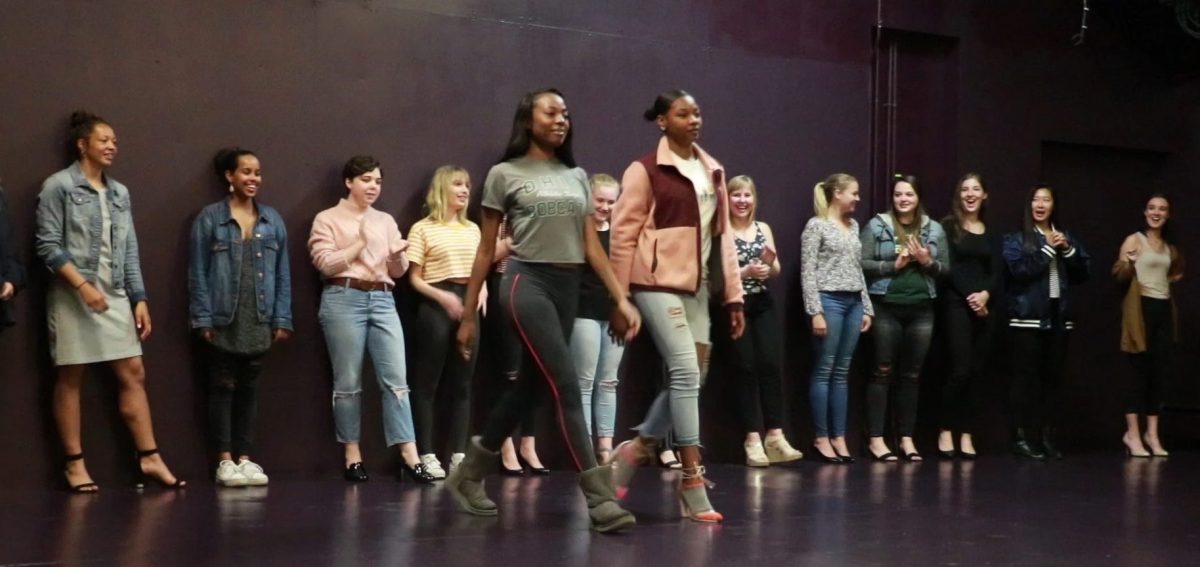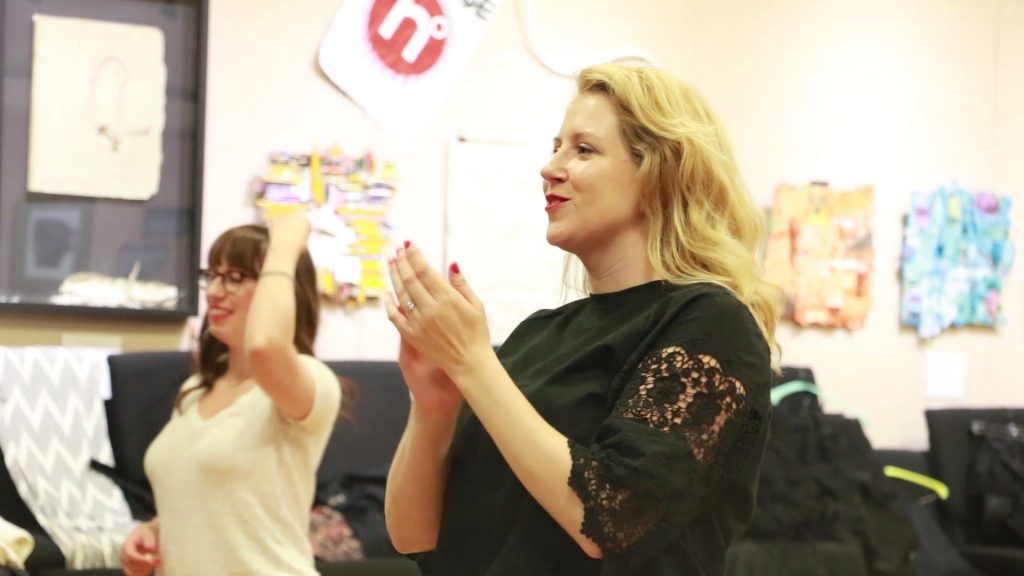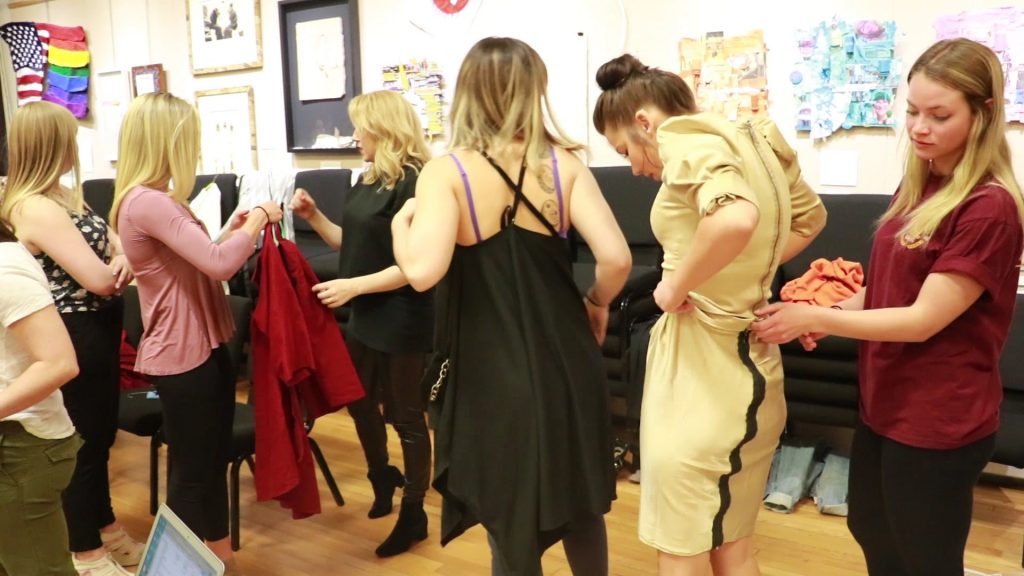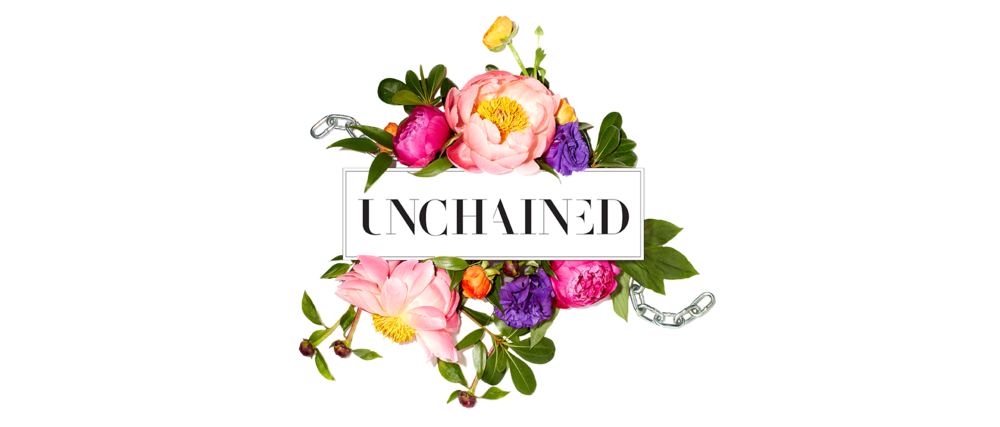
Human Trafficking Displayed Through Fashion
By: Connor Kurek
Posted on:
Innocence, to violation, to restoration; that’s the journey a victim and survivor of human trafficking goes through – and that was the story told at a Tuesday night fashion show in Athens.
The program, called “Unchained,” featuring student models, began about five years ago at Ohio State University.
“Fashion became the vehicle to tell such a difficult story,” Stephanie Catani, the show’s co-founder said. “We need safe ways to look at really difficult things if we’re going to change an issue.”
A victim of sexual abuse herself, Catani said she is dedicated to spreading awareness of the problem. Though her abuse happened when she was much younger, she said it was enough to have an impact.
Catani had no words to describe how she felt once she learned what happened.

“Unchained” provides more than words: It delivers a visualization – mixed with music and narration – to give the audience an understanding of what human trafficking looks like from the inside, and more importantly Catani says, that there’s hope.
In Ohio alone, one in six girls who run away from home is picked up by a pimp or trafficker.

Polaris, a nonprofit that tracks human trafficking both domestically and abroad, said 375 trafficking cases from Ohio alone were reported to the national hotline in 2016.
Catani said Ohio is particularly vulnerable to human trafficking in the urban areas of Columbus, Cleveland and Cincinnati; and in rural counties served by five major highways allowing traffickers easy access to other states and Canada.
“The show might give you the ability to recognize when someone is bound in the trafficking world – someone you see on the street in your town,” she said. “The more people that are aware, the quicker we can end this problem.”
Catani first learned the immensity of the problem when she visited West Africa. She was studying fashion at the time.
She met survivors, heard their stories and pieced them together to visualize the commonality shared by the victims.
From that synthesis, “Unchained” was born, depicting their journey from innocence, to bondage and violation, and finally – healing.

Catani reached out to designer Korto Momolu, a runner-up on Season five of the TV series “Project Runway.”
Momolu combined her Liberian designs with Catani’s American dresses to craft pieces representing each stage of the human-trafficking journey.
Together, the women created concepts for 30 couture pieces.
Student model Juli Holbert walked the runway during the middle of the show, visualizing the bondage and violation phase of human trafficking.
“My piece has two chained cuffs on the dress,” she said. “It’s to symbolize being literally chained.”
Catani has traveled to campuses as far away as South Dakota to tell the stories of these crimes – and why there’s hope.


